Religion Hinduism Siblings Rajiv Gandhi | Nationality Indian Name Sanjay Gandhi Children Varun Gandhi | |
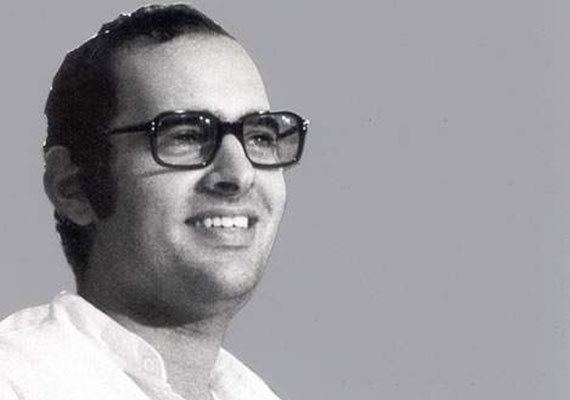 | ||
Born 14 December 1946New Delhi, British India ( 1946-12-14 ) Parents Indira Gandhi, Feroze Gandhi Similar People | ||
Preceded by Ravindra Pratap Singh | ||
Itihaas gawah hai sanjay gandhi misa and emergency
Sanjay Gandhi (14 December 1946 – 23 June 1980) was an Indian politician. He was a family member of the Nehru-Gandhi dynasty. During his lifetime he was widely expected to succeed his mother, Indira Gandhi as head of the Indian National Congress, but following his early death in a plane crash his elder brother Rajiv became their mother's political heir, and succeeded her as Prime Minister of India after her death. Sanjay's widow Maneka Gandhi and son Varun Gandhi are leading politicians in the BJP.
Contents
- Itihaas gawah hai sanjay gandhi misa and emergency
- Must watch cover story of indian politician sanjay gandhi real character revealed celebs news
- Early life and education
- Maruti Limited controversy
- Role during emergency
- Involvement in politics and government
- Jama Masjid beautification and Slum demolition
- Compulsory sterilization program
- Attempted assassination
- Kissa Kursi Ka case
- Legal case
- Personal life
- Death and legacy
- References
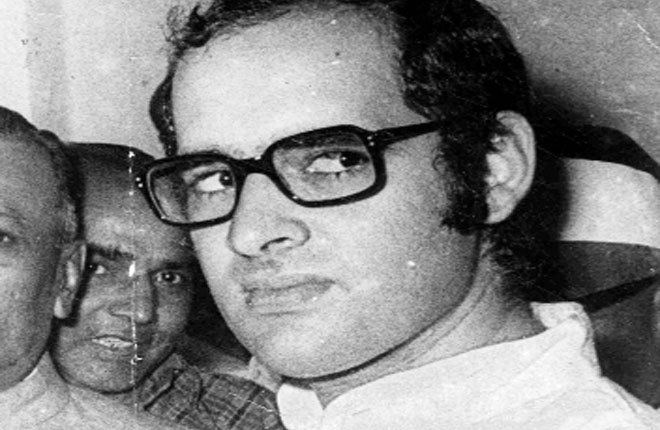
Must watch cover story of indian politician sanjay gandhi real character revealed celebs news
Early life and education
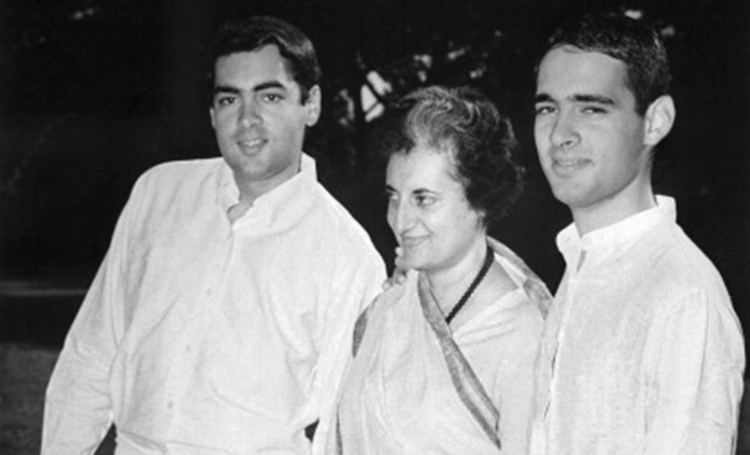
Sanjay was born in New Delhi, on 14 December 1946, as the younger son of Indira Gandhi,later to be become Prime Minister of India, and Feroze Gandhi. Like his elder brother Rajiv Gandhi, Sanjay studied first at Welham Boys' School and then at the Doon School in Dehra Dun. Sanjay never attended college, but took up automotive engineering as a career and underwent an apprenticeship with Rolls-Royce in Crewe, England for three years. He was very interested in sports cars, and also obtained a pilot's licence. While he was building a career as an airline pilot, independent of politics, Sanjay remained close to his mother.
Maruti Limited controversy
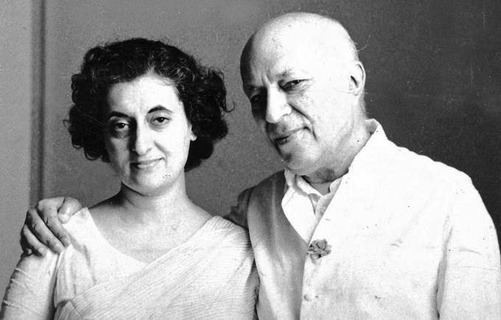
In 1971, Prime Minister Indira Gandhi's Cabinet proposed the production of a "People's car": an efficient indigenous car that middle-class Indians could afford. In June 1971, a company known as 'Maruti Motors Limited' was incorporated under the Companies Act and Sanjay Gandhi became its Managing Director. While Sanjay had no previous experience, design proposals or links with any corporation, he was awarded the contract to build the car and the exclusive production licence. The criticism that followed this decision was mostly directed at Indira, but the 1971 Bangladesh Liberation War and victory over Pakistan muted the critical voices. The company did not produce any vehicles during his lifetime. A test model put out as a showpiece to demonstrate progress was criticized. Public perception turned against Sanjay, and many began to speculate growing corruption. Sanjay then contacted Volkswagen AG from West Germany for a possible collaboration, transfer of technology and joint production of the Indian version of the "People's Car", to emulate Volkswagen's worldwide success with the Beetle. During the Emergency, Sanjay became active in politics and the Maruti project went on a back burner. There were accusations of nepotism and corruption. Finally, the Janata Government came to power in 1977 and "Maruti Limited" was liquidated. A commission was set up by the new government headed by Justice A. P. Gupta which gave very critical report of the Maruti affair. A year after his death in 1980, and at the behest of Indira, the Union government salvaged Maruti Limited and started looking for an active collaborator for a new company. Maruti Udyog Ltd. was incorporated in the same year through the efforts of V. Krishnamurthy. The Japanese company Suzuki was also contacted to present the design and feasibility of their car to be manufactured in India. When Suzuki learned that the Government of India had contacted Volkswagen as well, it did everything to pip the German company in the race to produce India's first People's Car (Maruti 800). It provided the government a feasible Design of their 'Model 796', which was also successful in Japan and East Asian countries.
Role during emergency
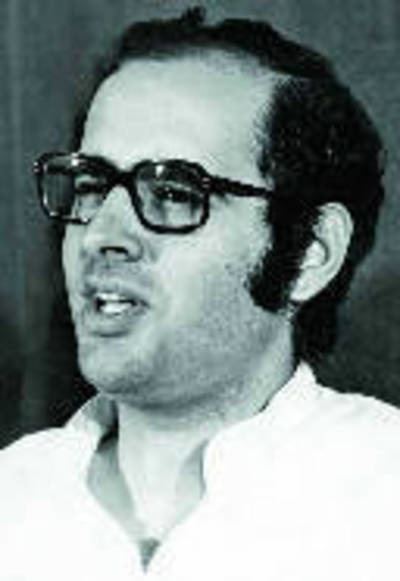
In 1974, the opposition-led protests and strikes had caused a widespread disturbance in many parts of the country and badly affected the government and the economy.On 25 June 1975 following an adverse court decision against her, Indira Gandhi declared a national emergency, delayed elections, censored the press and suspended some constitutional freedoms in the name of national security. Non-Congress governments throughout the country were dismissed. Thousands of people, including several freedom fighters like Jaya Prakash Narayan and Jivatram Kripalani who were against the Emergency were arrested.
In the extremely hostile political environment just before and soon after the Emergency, Sanjay Gandhi rose in importance as Indira's adviser. With the defections of former loyalists, Sanjay's influence with Indira and the government increased dramatically, although he was never in an official or elected position. According to Mark Tully, "His inexperience did not stop him from using the Draconian powers his mother, Indira Gandhi, had taken to terrorise the administration, setting up what was in effect a police state."
It was said that during the Emergency, he virtually ran India along with his friends, especially Bansi Lal. It was also quipped that Sanjay Gandhi had total control over his mother and that the government was run by the PMH (Prime Minister House) rather than the PMO (Prime Minister Office). He "recruited into the party thousands of younger people, many of them hooligans and ruffians, who used threats and force to intimidate rivals and those who opposed Mrs Gandhi's authority or his own."
During the emergency, Indira Gandhi declared a 20-point economic programme for development. Sanjay also declared his own much shorter five points program promoting
Later during the emergency Sanjay's programme was merged with Indira's 20-point programme to make a combined twenty-five point programme.
Out of the five points, Sanjay is now chiefly remembered for the family planning initiative that attracted much notoriety and caused longterm harm to population control in India.
Involvement in politics and government
Although he had not been elected and held no office, Sanjay began exercising his new-found influence with Cabinet ministers, high-level government officials and police officers. While many Cabinet ministers and officials resigned in protest, Sanjay reportedly appointed their successors.
In one famous example, Inder Kumar Gujral resigned from the Ministry of Information and Broadcasting when Sanjay attempted to direct the affairs of his ministry and give him orders. Gujral is reported to have angrily rebuked Sanjay and refused to take orders from an unelected person. Gujral was replaced by Vidya Charan Shukla, a Sanjay Gandhi acolyte. In another incident, after popular Bollywood singer Kishore Kumar refused to sing at a function of the Indian Youth Congress, his songs were banned on All India Radio upon Gandhi's insistence.
Sanjay stood for his first election to the Indian parliament following the lifting of the Emergency in March 1977. This election saw the crushing defeat of not only Sanjay in his constituency of Amethi but also the wiping out of Indira's Congress party throughout Northern India. However, Sanjay won Amethi for the Congress(I) in the next general election held in January 1980.
Just one month before his death, he was appointed secretary general of the Congress Party in May 1980.
Jama Masjid beautification and Slum demolition
Sanjay Gandhi, accompanied by Jagmohan the vice-chairman of Delhi Development Authority (DDA), was reportedly irked during his visit to Turkman Gate in old Delhi area that he couldn't see the grand old Jama Masjid because of the maze of tenements. On 13 April 1976, the DDA team bulldozed the tenements. Police resorted to firing to quell the demonstrations opposing the destruction. The firing resulted in at least 150 deaths. Over 70,000 people were displaced during this episode. The displaced inhabitants were moved to a new undeveloped housing site across the Yamuna river.
Compulsory sterilization program
In September 1976, Sanjay Gandhi initiated a widespread compulsory sterilization program to limit population growth. The exact extent of Sanjay Gandhi's role in the implementation of the program is somewhat disputed, with some writers holding Gandhi directly responsible for his authoritarianism, and other writers blaming the officials who implemented the program rather than Gandhi himself.
David Frum and Vinod Mehta state that the sterilization programmes were initiated at the behest of the IMF and the World Bank:
"Forced sterilisation was by far the most calamitous exercise undertaken during the Emergency. The IMF and World Bank had periodically shared their fears with New Delhi about the uncontrolled rise in population levels. India’s democracy was a hurdle: no government could possibly enact laws limiting the number of children a couple could have without incurring punishment at the ballot box. But with democracy suspended, the IMF and World Bank encouraged Indira to pursue the programme with renewed vigour. Indira and Sanjay, the self-styled socialists, inflicting on Indians the humiliation of forced sterilisation in order to appease western loan sharks: the irony was lost on them. Socialism, like much else, had been reduced to a slogan."
Attempted assassination
Sanjay Gandhi escaped an assassination attempt in March 1977. Unknown gunmen fired at his car about 300 miles south-east of New Delhi during his election campaign.
Kissa Kursi Ka case
Kissa Kursi Ka was a satirical film directed by Amrit Nahata that lampooned Indira Gandhi and Sanjay Gandhi. The film was submitted to the Censor Board for certification in April 1975. The film had lampooned Sanjay Gandhi's car manufacturing plans, besides Congress supporters like Swami Dhirendra Brahmachari, private secretary to Indira Gandhi R.K. Dhawan, and Rukhsana Sultana. The board sent the film to a seven-member revising committee, which further sent it to the Government. Subsequently, a show-cause notice raising 51 objections was sent to the producer by the Information and Broadcasting ministry. In his reply submitted on 11 July 1975, Nahata stated that the characters were "imaginary and do not refer to any political party or persons". By the time, the Emergency had already been declared.
Subsequently, all the prints and the master-print of the film at Censor Board office were picked up, and brought to Maruti factory in Gurgaon where they were burned. The subsequent Shah Commission established by Government of India in 1977 to enquire into excesses committed in the Indian Emergency found Sanjay Gandhi guilty of burning the negative, along with V. C. Shukla, Information and Broadcasting minister at the time.
Legal case
The legal case ran for 11 months, and the court gave its judgment on 27 February 1979. Both Sanjay Gandhi and Shukla were sentenced to a two-year plus a month prison sentence. Sanjay Gandhi was denied bail. In his judgment, District Judge, O. N. Vohra at Tis Hazari in Delhi, found the accused guilty of "criminal conspiracy, breach of trust, mischief by fire, dishonestly receiving criminal property, concealing stolen property and disappearance of evidence". The verdict was later overturned.
Personal life
Sanjay Gandhi married Maneka Anand, who was 10 years his junior, in New Delhi in October 1974. Their son, Varun Gandhi, was born shortly before Sanjay's death. Maneka and Varun Gandhi represent the Bharatiya Janata Party (BJP) in the Lok Sabha.
A hitherto unknown chapter of his personal life was revealed in January 2017, when Priya Singh Paul claimed that Sanjay Gandhi was her biological father, and that she was given away by her biological family for adoption. In June 2017, she gave a legal notice in her capacity as his daughter to stop the release of a film on Sanjay Gandhi.
Death and legacy
Sanjay Gandhi died instantly from head wounds in an air crash on 23 June 1980 near Safdarjung Airport in New Delhi. He was flying a new aircraft of the Delhi Flying club, and, while performing an aerobatic manoeuvre over his office, lost control and crashed. The only passenger in the plane, Captain Subhash Saxena, also died in the crash. Wikileaks has revealed that three attempts were made on his life before he died in the plane crash[1]
According to Maneka Gandhi, Sanjay wanted to raise his children in the Zoroastrian faith of his family.
Sanjay's death led his mother to induct her other son Rajiv Gandhi into Indian politics. Upon the assassination of Indira Gandhi, Rajiv succeeded her as Prime Minister of India. Sanjay's widow Maneka fell out with her in-laws soon after Sanjay's death and started her own party named Sanjay Vichar Manch. Maneka served in a number of non-Congress opposition-led governments over the years. Currently, she and her son Varun are members of the BJP, which is the main opposition of the Congress party led by Sonia Gandhi. Maneka was appointed to the cabinet as Minister of Women and Child Development by Prime Minister Narendra Modi in May 2014. Varun is a BJP member of Parliament from Sultanpur Constituency in Uttar Pradesh.
